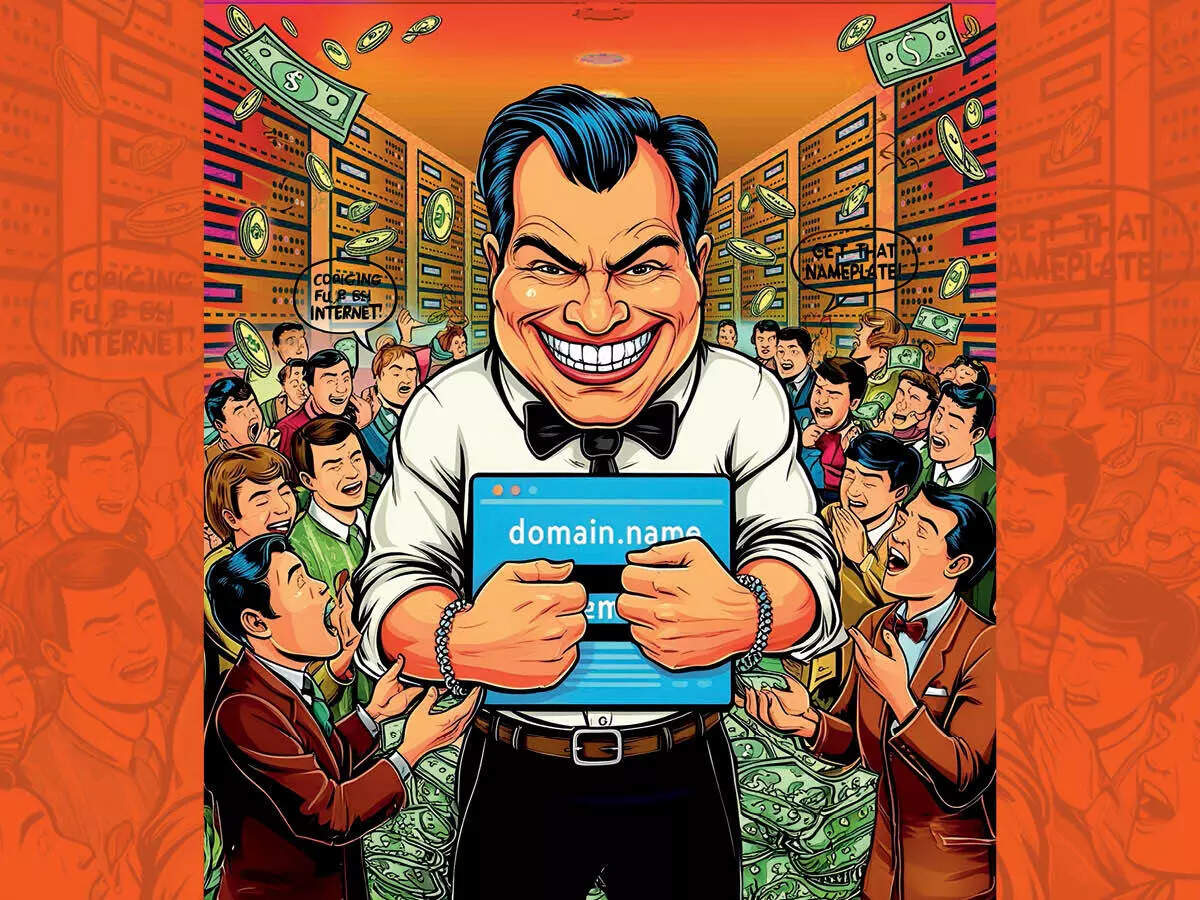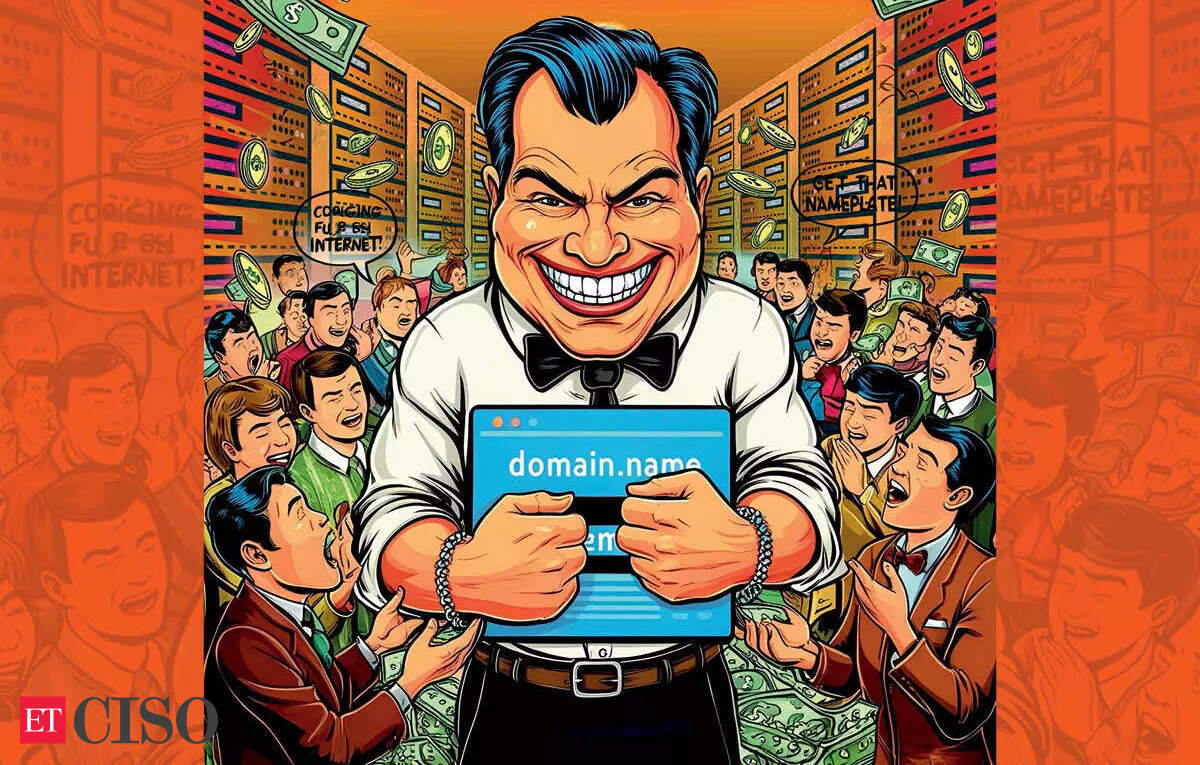The Dark Side of the Internet: Cybersquatting and Its Implications

Earlier this year, Reliance’s JioCinema merged with Walt Disney’s Disney+ Hotstar to form the streaming giant JioHotstar. However, their plans were temporarily derailed when it was discovered that someone had purchased the jiohotstar.com domain. This incident highlights the growing problem of cybersquatting, where individuals register domain names similar to those of well-known brands with the intention of selling them at a profit or using them for malicious purposes.
A Brief History of Cybersquatting
In the late 1990s, Yahoo faced a similar issue when it discovered that the domain yahooindia.com had been registered by Akash Arora. The Delhi High Court ultimately ruled in Yahoo’s favor, setting a precedent for future cases of cybersquatting in India. This marked the beginning of a long and ongoing battle between brands and cybersquatters.
The Evolution of Cybersquatting
Cybersquatting has evolved from opportunistic hoarding to an organized form of digital extortion. With the rise of e-commerce and online branding, the stakes are higher than ever. In 2024, the World Intellectual Property Organization (WIPO) reported over 6,000 domain name disputes, with industries like banking, biotechnology, and fashion being particularly affected.
When Brands Fight Back
Brands are taking steps to protect themselves from cybersquatters. For example, Facebook won a significant case against a cybersquatting scheme in 2013, pocketing nearly $2.8 million in damages. Other brands, such as Amazon, have taken to buying adjacent domains to prevent cybersquatters from registering them.
Beyond the URL
Cybersquatting can have serious consequences for brands, including diluted search engine rankings and confusion among customers. A recent case involving the e-commerce platform Meesho highlights the dangers of cybersquatting, where a disputed domain was being used to run pay-per-click ads.
Solutions Available
While court arbitration is a recourse for brands, the process can be time-consuming and expensive. Experts recommend invoking trademark violation and seeking protection under the Indian Trade Marks Act, 1999, and the common law remedy of passing off. Brands can also try the in-domain name dispute resolution policy (INDRP) and the uniform domain-name dispute-resolution policy (UDRP).
Secure Footing
To protect themselves, brands should register their trademarks and buy adjacent domains. Registrars like GoDaddy and Google Domains are also stepping up their efforts to combat cybersquatting. Additionally, AI-powered tools can help brands detect and report suspicious domains.
Conclusion
Cybersquatting is a growing problem that can have serious consequences for brands. By understanding the history and evolution of cybersquatting, brands can take steps to protect themselves and their online presence. With the right strategies and tools, brands can secure their footing in the digital landscape and prevent cybersquatters from profiting from their hard-earned reputation.
Source Link







